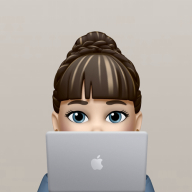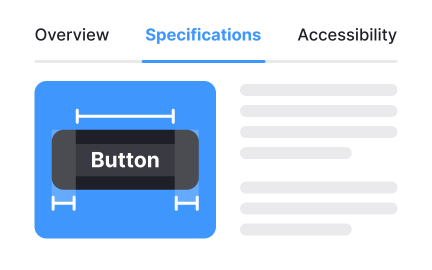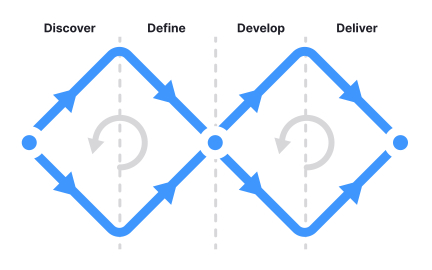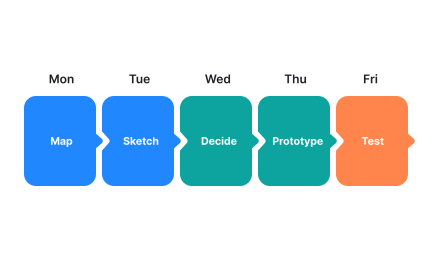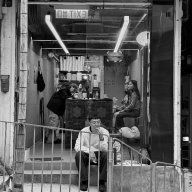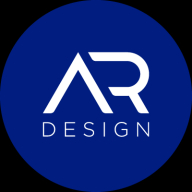Design Workshop
A design workshop is a collaborative session where cross-functional teams co-create ideas, and align on design decisions through structured activities.
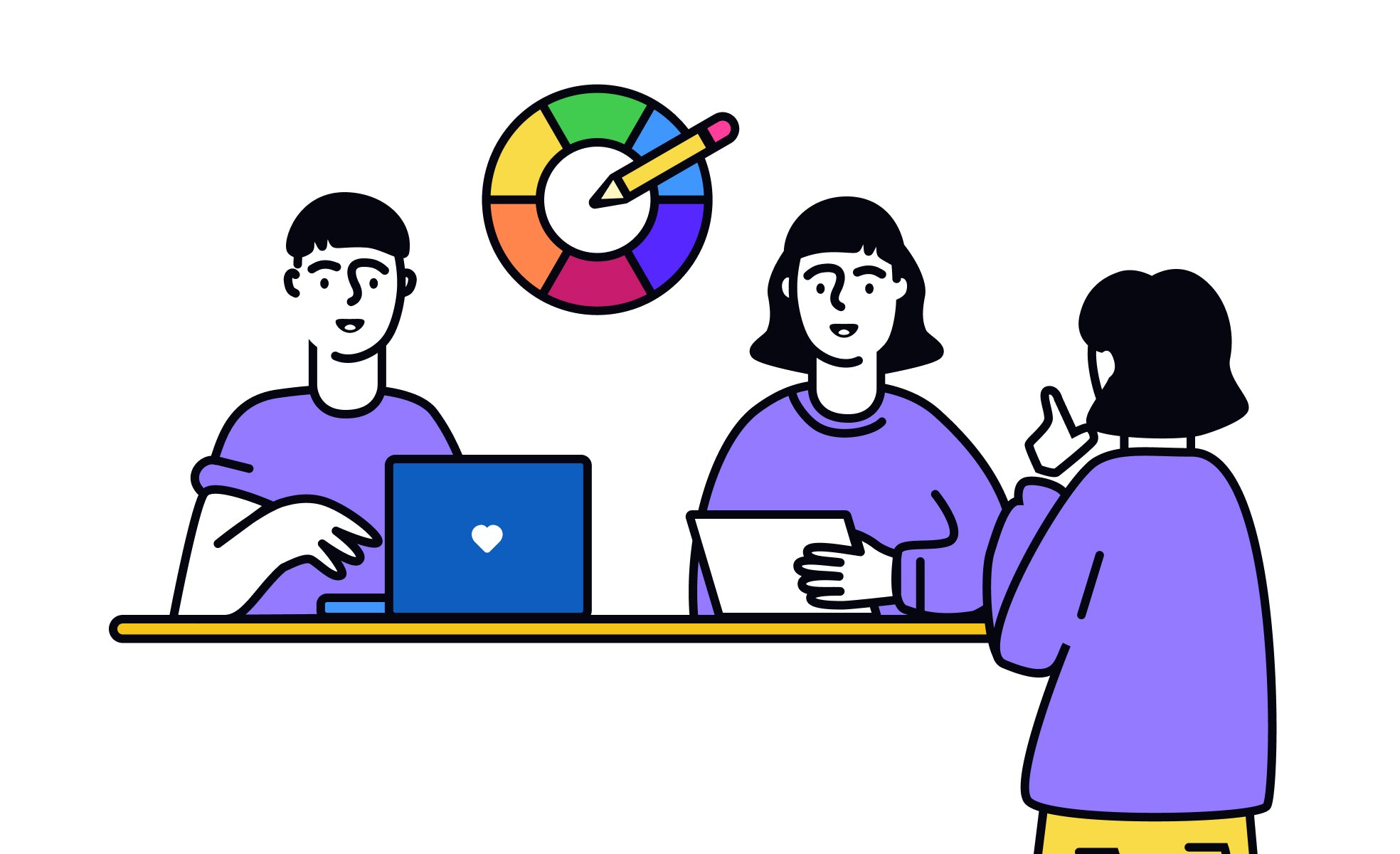
A design workshop is a structured, time-boxed session where team members collaborate to address a design problem. Unlike traditional meetings, workshops are highly participatory, with activities like brainstorming, sketching, and mapping designed to generate shared understanding and actionable outcomes. They encourage creativity while providing a framework that ensures progress and focus.
For UX and UI design, workshops help teams tackle challenges such as defining user journeys, prototyping interface ideas, or prioritizing features. Designers guide participants through structured exercises that highlight user needs and align on possible solutions. For example, a workshop might involve mapping an ideal onboarding flow, sketching wireframes, and voting on concepts to test. The visual and interactive nature of workshops makes abstract ideas tangible, accelerating alignment.
From a product management perspective, workshops are equally powerful. They allow stakeholders from different disciplines, engineering, marketing, support, to bring their perspectives to the table. This creates buy-in and surfaces considerations that might otherwise be missed. A product manager might use a design workshop to align on roadmap priorities, test value propositions, or validate assumptions with quick prototypes. By involving diverse roles, the session helps ensure that solutions are viable, feasible, and desirable.
Real-world examples show their value. Google Ventures popularized the “design sprint,” a five-day intensive workshop format that condenses design thinking into a structured framework. Companies like Slack and Airbnb have used workshops to reframe user problems and accelerate innovation. The immediacy of these sessions helps teams move from idea to testable prototype in days instead of weeks.
Design workshops also strengthen team culture. They create space for voices that might be overlooked in traditional meetings, empowering quieter participants to contribute through structured activities. The shared ownership of outcomes builds trust and reduces the friction of siloed decision-making. When well-facilitated, workshops not only generate solutions but also foster collaboration and confidence across the organization.
Learn more about this in the Design Workshop Basics Lesson, a part of the Workshop Facilitation Course.
Key Takeaways
- Collaborative sessions designed to solve design challenges.
- Support both UX/UI problem-solving and product strategy alignment.
- Encourage diverse input from cross-functional teams.
- Popular formats include design sprints and journey mapping.
- Foster stronger team collaboration and ownership of outcomes.
- Require planning and facilitation for maximum effectiveness.
Regular meetings often revolve around information-sharing or decision updates. Design workshops, by contrast, are activity-driven and focused on co-creation. Participants engage in exercises like sketching, mapping, or structured brainstorming.
This interactive nature ensures that workshops produce tangible outcomes, such as wireframes, prototypes, or prioritized feature lists, rather than just discussion points. The difference lies in both format and results.
Yes. Remote workshops can be conducted effectively using digital collaboration tools like Miro, FigJam, or MURAL. These platforms replicate the whiteboards and sticky notes of physical workshops, allowing participants to contribute in real time.
Successful remote workshops require even more planning: facilitators must establish clear rules, manage time carefully, and ensure engagement. Breakout sessions, timers, and collaborative boards help replicate the energy of in-person collaboration.
Success is measured by the clarity of outcomes and the level of alignment achieved. If participants leave with a shared understanding, concrete next steps, and enthusiasm for moving forward, the workshop can be considered effective.
Beyond immediate outputs, workshops also have a long-term impact. They can improve team relationships, increase stakeholder buy-in, and create a culture of shared problem-solving. These intangible benefits often carry as much weight as the specific solutions generated.
Recommended resources
Courses

Workshop Facilitation

Service Design

The Product Development Lifecycle & Methodologies
Lessons

Essential Tools in Design Workshops

Service Design Process

Design Workshop Basics
Projects

Roof Recovery – Local Roofing Contractor

Innovating on Coffee Consumer Behaviour



